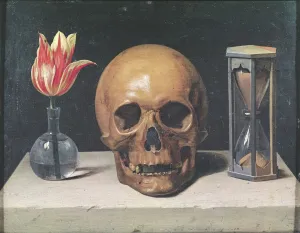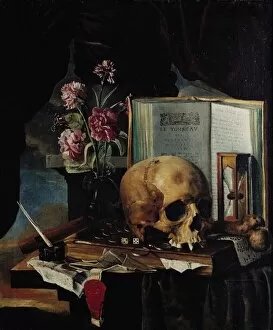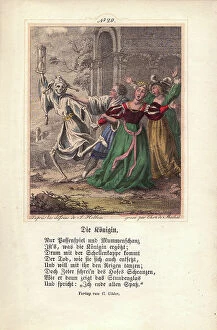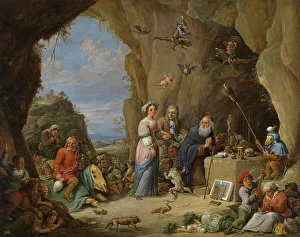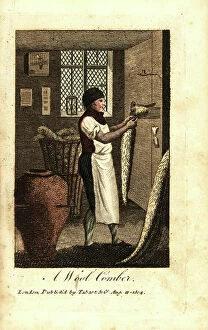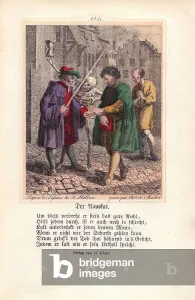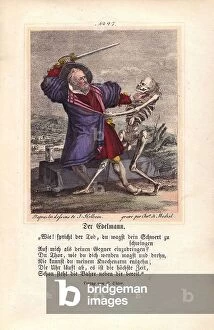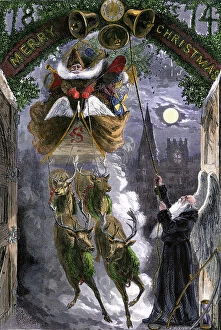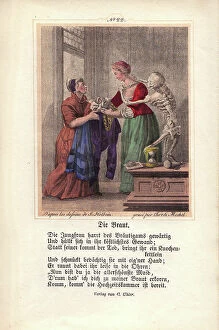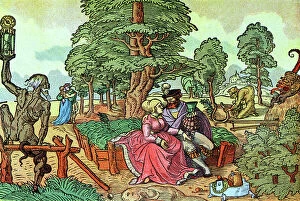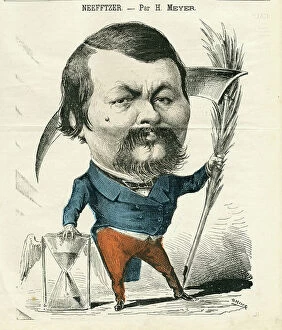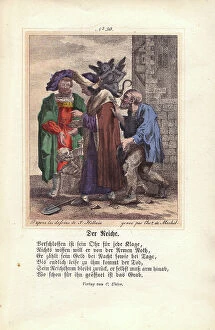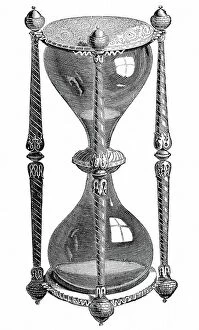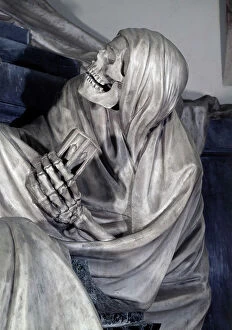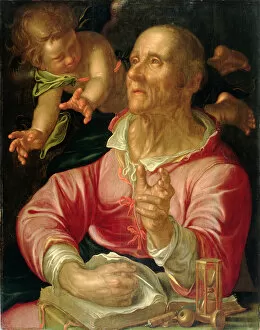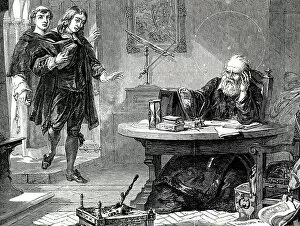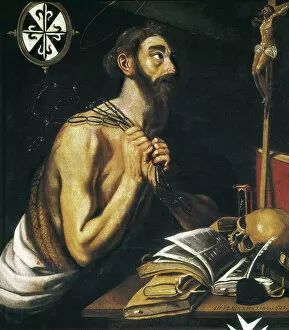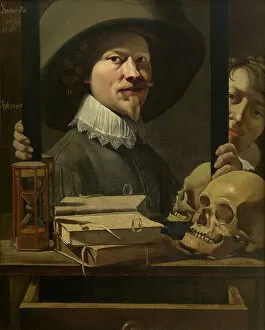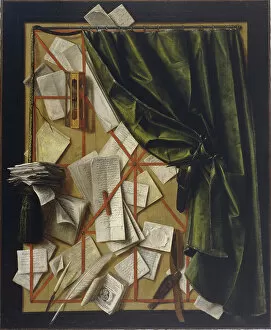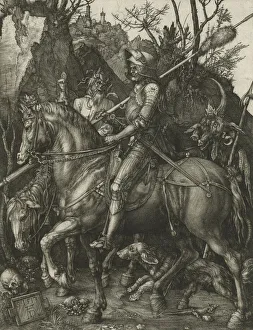Sandglass Collection
"Capturing the Essence of Time: The Symbolism of the Sandglass" In the realm of art, the sandglass has long served as a powerful symbol
All Professionally Made to Order for Quick Shipping
"Capturing the Essence of Time: The Symbolism of the Sandglass" In the realm of art, the sandglass has long served as a powerful symbol, evoking contemplation on the fleeting nature of life and the relentless passage of time. From Vanitas Still Life with a Tulip to The Temptation of Saint Anthony, this timeless instrument has made its mark across various masterpieces. One such artwork is Vanitas (oil on canvas), where an hour-glass stands alongside other symbolic elements like skulls and wilting flowers. This composition reminds us that our mortal existence is ephemeral, urging us to reflect upon our own mortality. The concept of infinity intertwines with time in John Milton & Galileo Galilei's 19th-century engraving. As these great minds pondered celestial bodies and their eternal motion, they too recognized that even in vastness lies an infinite cycle governed by time. Religious imagery also incorporates sandglasses into its narrative. St. Matthew's oil painting portrays him holding an hour-glass while contemplating his divine calling—a reminder that every moment counts when fulfilling one's purpose. Francisco Quevedo's House of Fools Love illustrates how love itself can be transient through a captivating portrayal featuring a sandglass amidst scenes depicting folly and heartache. It serves as a cautionary tale about love's temporal nature. Beyond paintings, photography also captures society's fascination with timekeeping devices. A sepia-toned photograph from 1903 showcases women being laced into corsets while an hour-glass sits nearby—an emblematic representation revealing societal expectations imposed upon women during that era. Even self-portraits have not escaped the allure of incorporating sandglasses as symbols within them. Vanity portrait painters skillfully depict themselves clutching or gazing at hour-glasses—acknowledging their own transience as artists despite capturing immortality on canvas. Lastly, religious devotion finds expression in Saint Dominic penitent's oil painting.

